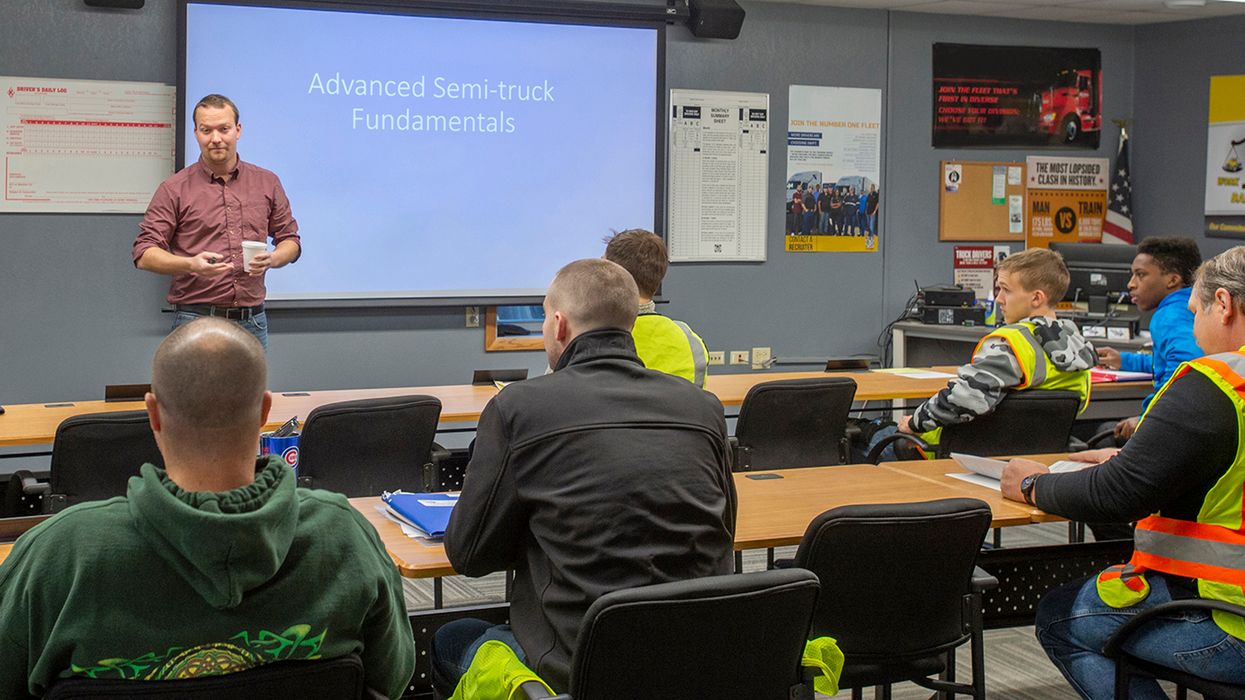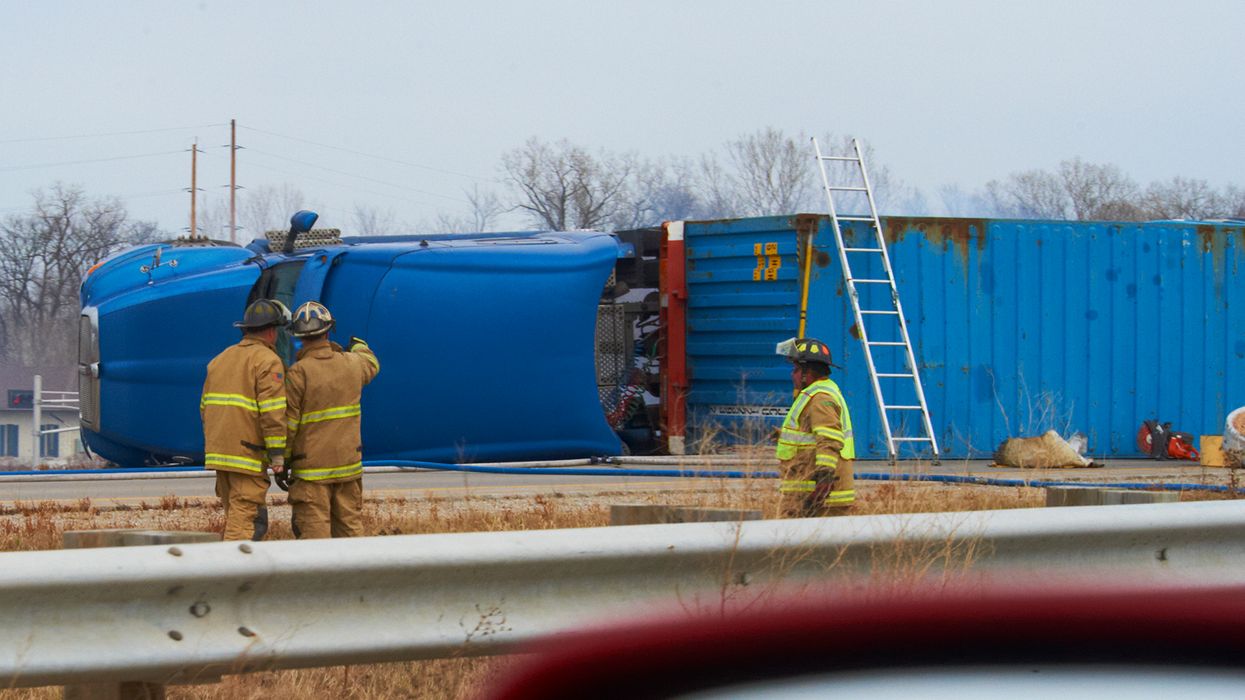A sneak peek at changes coming to roadside inspections
At the recent Commercial Vehicle Safety Alliance (CVSA) annual conference, changes to the procedures for roadside inspections and the North American Out-of-Service Criteria were discussed and proposed. While this may sound mundane, it actually makes a difference to you and your drivers, not only during roadside inspections but in day-to-day operations.
ABS
One of the topics that was discussed was the issue of testing antilock braking systems (ABS). A problem has been discovered in that doing the “ABS key-on check” when the vehicle is low on air may cause a false ABS malfunction light activation. To avoid this going forward, officers will have the driver do the key-on check when the air pressure is at normal operating pressure. Therefore, when training technicians and drivers on how to conduct ABS key-on checks, instruct them to do this when the air pressure is at normal operating pressure.
Checking GVWRs
Another update to the inspection procedures involves reminding officers to check the vehicle’s gross vehicle weight rating (GVWR) when determining if a CDL is required. This can be done by checking the door sticker or decoding the VIN. This should serve as a reminder to us in the industry that GVWR is a key factor in determining if a CDL is required.
Tire pressure management system
First and foremost, for those who know vehicles, the above is not an error. Management is the right word. A tire pressure monitoring system (which is what many of us are familiar with) only monitors tire pressure and alerts the driver if the pressure in a tire drops to a predetermined level. A tire pressure management system uses the air pressure in the air ride suspension to determine the optimum tire pressure, and then adjusts the tire pressure accordingly.
When the vehicle is heavily loaded, the system will increase the tire pressure to compensate for the extra weight. When the vehicle is lightly loaded or empty, it will lower the tire air pressure. The significance of this is the truck will appear to have an air leak when this system is lowering the tire air pressure (the air is released through a specific valve — which is what officers are going to be instructed to look for to know it is not an air leak). As tire inflation and wear is an ongoing concern for carriers, this type of system is something to consider.
Changes coming to 396.3(a)(1)
Many in the industry have been frustrated when they received a violation for 396.3(a)(1) - General Inspection, Repair, and Maintenance. If the driver was not paying close attention when the officer was doing the debriefing after inspection, you may not know what the specific violation was for. As a result, FMCSA has created violation subcodes officers should be using to help clarify the violation, such as 396.3(a)(1)BL – Brake System Pressure Loss (a leak the vehicle air compressor cannot keep up with). However, this is only a short-term fix as FMCSA is working on creating new regulations to specifically address the defects that are currently grouped under 396.3(a)(1).
Key to remember
This is only a few of the items that were discussed at the CVSA annual conference. For more information, be on the lookout for articles on the annual update CVSA will provide this winter and consider becoming a CVSA member!


















































